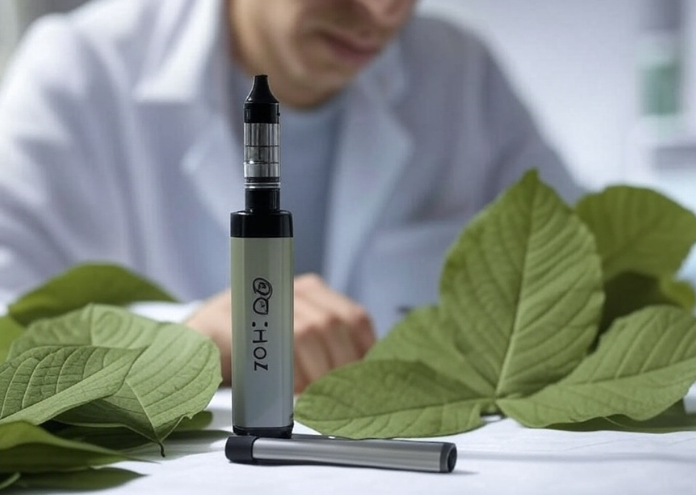Kratom (Mitragyna speciosa) is a herbal supplement that has garnered attention for its potential health benefits, including pain relief and mood enhancement. However, as its popularity grows, so do questions surrounding its legality and safety. In this post, we’ll explore the current legal landscape of Kratom in various regions and discuss essential safety considerations for users.
Understanding Kratom Legality
1. United States
In the U.S., Kratom’s legality varies by state and even by locality. As of now, Kratom is legal in most states, but several have imposed restrictions or outright bans. Key points to consider include:
- Legal States: Many states, including California, Texas, and Florida, allow the sale and use of Kratom.
- Banned States: A few states, like Alabama, Arkansas, and Indiana, have enacted laws prohibiting Kratom.
- Regulated States: Some areas, like Washington D.C. and certain cities in New York, have implemented regulations governing the sale and distribution of Kratom.
2. International Laws
The legality of Kratom also varies significantly around the world. Here are a few examples:
- Canada: Kratom is not a controlled substance and is generally legal, but it is regulated as a natural health product.
- Europe: Countries like the Netherlands and the UK have banned Kratom, while others, like Germany, allow its sale under specific conditions.
- Southeast Asia: In its native region, countries like Thailand and Malaysia have banned Kratom, although Thailand has recently begun to relax its regulations.
3. Future Considerations
The legal status of Kratom continues to evolve. Advocacy groups and users are working towards greater awareness and understanding of Kratom’s benefits, which may influence future legislation.
Safety Considerations for Kratom Users
1. Quality and Sourcing
One of the most significant safety concerns with Kratom is the quality of the product. Here are some tips to ensure you’re using a safe product:
- Buy from Reputable Vendors: Always purchase Kratom from established vendors that provide third-party lab testing results.
- Check for Contaminants: Look for products that are tested for heavy metals, pesticides, and other harmful substances.
2. Dosage and Use
Understanding how to use Kratom safely is crucial:
- Start Low and Go Slow: If you’re new to Kratom, begin with a low dose and gradually increase it to assess your tolerance.
- Avoid Mixing: Combining Kratom with other substances, especially alcohol or opioids, can increase the risk of adverse effects.
3. Potential Side Effects
While many users report positive effects, Kratom can also cause side effects, including:
- Nausea
- Dizziness
- Constipation
- Increased heart rate
In rare cases, excessive use can lead to dependency or withdrawal symptoms. If you experience any severe side effects, it’s essential to consult a healthcare professional.
4. Consult with a Healthcare Professional
Before starting Kratom, especially if you have underlying health conditions or are taking medications, it’s wise to consult a healthcare provider. They can help you understand potential interactions and assess whether Kratom is a suitable option for you.
Conclusion
As Kratom continues to gain popularity, understanding its legal status and safety is crucial for potential users. Stay informed about the laws in your area and prioritize safety by sourcing high-quality products and using them responsibly. By doing so, you can enjoy the benefits of Kratom while minimizing risks.














